So Many Things to Celebrate
Middle Grade March, International Women's Day, and National Craft Month!
It is Middle Grade March and I am here to give you a push into this wide ranging genre. Just to clarify, young adult (YA) and middle grade (MG) are different. YA novels are geared towards teens and up and there are lots of sci-fi and fantasy series in YA fiction. YA content can include profanity, violence, sex, drugs, and adult situations. MG books tackle real and often difficult issues but in a manner suitable to kids between the ages of 10-12 (ish). Even though they tackle hard issues, MG books come across as gentler. Parents or guardians often play a bigger role since the child characters are dependent on them, and the stories usually end on a hopeful note. Middle grade fiction is a great option when you want to get out of a reading slump or aren’t sure what to read next.
Middle grade historical fiction is one of my favorite ways to learn about events in history that I was unaware of. I just finished a story about Idi Amin’s (Ugandan Dictator) expulsion of Uganda’s Indian residents in the early 1970s. Wow, I had no idea this had even happened. I have also, via middle grade books, read about the yellow fever epidemic in Philadelphia in 1793, child labor in present day India and Britain’s WW2 child evacuations. And in honor of International Women’s Day (March 8): all of these books star strong female protagonists.
A few non-historical middle grade favorites are El Deafo, The Seven Wonders of Sassafras Springs (this is a fantastic read-aloud), and The Graveyard Book by Neil Gaiman.
March is also National Craft Month and what better to get some inspiration than with a good craft book. I LOVE hand embroidery (yes, I could start another newsletter on the joys of stitching), but there are many ways to grow creatively by making things. As Madeleine L’Engle said “The discipline of creation, be it to paint, compose, write, is an effort towards wholeness.”
Below are a few of my favorite craft books:
Current Literary Pet Peeves
1. Books with vague titles - Publishers have been embracing vague and non-descriptive book title for a while. It makes it hard for me to remember both books I am currently reading and books I want to read. I can’t connect titles with the plots or remember why I want to read it to begin with. This is exacerbated when I am reading on my kindle since it opens to where I left off. Here are a few examples of vague and overused title words in recent books:
Never Let Me Go, Never Let You Go, I’ll Never Let You Go, Never Let Go, I Let You Go. (Note: I have read 3 of these books, don’t ask me to differentiate them.)
Things We Never Got Over, The Last Thing He Told Me, Things We Cannot Say, The Things We Leave Unfinished, The Things We Keep, The Things We Lost.
The Book of Lost Friends, The Book of Lost Things, The Book of Lost Names, The Book of Lost and Found.
2. Covers that look like other covers. I am also noticing cover art for books that look like books I have already read. My brain wants to pass over that book, yet apparently the opposite is true. Publishers think I am more likely to pick up a book if I already read a book that looks similar. Cover artist Keith Hayes says “It is not uncommon for publishers to try and ride the coattails of the last great success,” 1 Additionally, many cover designers are pulling images from the same databases. The images below say it all.
Honestly, what am I supposed to do with all this sameness? How can I remember these titles or differentiate books from each other? Combined with the sheer amount of books coming out each year it, surprises me that publishers don’t want their books to stand out more. Do similar book titles and cover art bother you?
I love this pillow from Rifle Paper Company!
Bookish News
Wondering what books authors love to read? Check out Elle Magazine’s Shelf Life Column. So many fabulous authors are spotlighted here.
Spring is almost here (cue the freezing gusts of wind as I write this) and I can’t wait to be outside more. This list of books to get us in the mood for spring made my soul sing.
Update on HarperCollins strike: Their union signed a contract mid-February resulting in small but hard won salary increases. Shortly after this, Harper Collins announced it would be laying off about five percent of its workforce because of inflationary pressures and a recent downturn in sales. One step forward, two steps back.
"Ian pointed out beauty in the overlooked" The author and illustrator for the Olivia books, Ian Falconer died last week. I have wonderful memories of reading these books with my kids.
Recent Reads
The Bandit Queens is a debut novel set in a small village in India. It is clever, well written, but also funny to the absurd. The author touches upon many of caste and class issues that currently exist in rural India while also taking on issues of women’s rights and protections under the law (or lack thereof), as well as the joys and pains of female friendship. It covers a lot without being overwhelming. Our protaganist is Kytee, a widow barely making a living, but since the village thinks she killed her husband, she is given a wide berth. Her few social interactions involve a loan group she joined with four other women in her village. When a member’s husband spends the loan money on alcohol, it threatens to bankrupt the group and they spring into action. Maybe Kytee can make this husband disappear as well. This book is not quite a mystery or a crime novel, but reminds me of a couple of the more humorous mysteries that have come out recently (Dial A For Aunties and Finlay Donovan.) Bandit Queens is not a comedy but the author uses humor to soften the high stakes. There is real evil going on in the village and the women are forced into a corner. I really loved this book and it would be great for a book club - so much to discuss here and a fun read!
Scott Erickson is one of my favorite Instagram follows, and I already own his meditative book on prayer. He is an artist, storyteller, and spiritual guide. When I heard him discuss Say Yes on The Next Right Thing podcast, I knew I wanted to read it. On the surface, this book is about continuing on and saying yes to life (when you are struggling to find a reason), but it is so much more. It is about moving forward after the death of a dream. And at this point in my life, I have had a few dreams die. For most of us, life is not what we thought it would be. Maybe our career or family fell short of our expectations. Or our bank account, bodies, or communities aren’t what we hoped. None of us ever end up exactly where we think we will be, and yet this can be the jump off point for a new and better dream. This book is a guide for viewing death and the death or our dreams differently. He touches on wonder, creativity, openness, and faith. It is the kind of book I am always able to take something away from and grow as a person.
Jane Smiley’s newest novel, Dangerous Business centers around Eliza, a woman supporting herself in the world's oldest profession. Set in Monterey, California during the 1850s gold rush, this book is a western mystery-mashup. Eliza has ended up in her current position after becoming a widow soon after arriving in Monterey. In the story, Eliza joins with her friend Jean to look into the circumstances surrounding a number of missing women that are going uninvestigated. Smiley creates a wonderful picture of life during this time and place. She pays great attention to detail, describing the weather, landscape and wildlife in depth. Though Eliza is the main character, both her and Jean are likable heroines pushing the boundaries of the 18oo’s. This amateur sleuth novel distinguishes its self through strong characters, unconventional perspectives, and immersive settings. I am surprised how much I enjoyed this unconventional mystery with unique heroines.
Orange for the Sunsets tells the story of what happened in Uganda in 1972 through the eyes of an Indian girl, Asha and a Ugandan boy, Yesofu. Asha and Yesofu are best friends. Their differences have never been an issue even though they live very different lives. Asha’s parents are professionals and Yesofu’s mother works as a housemaid for Asha’s family. But when Dictator Idi Amin proclaims that Uganda is for Africans and that all Indians need to leave the country within 90 days, their differences become impossible to ignore. The book switches back and forth between both characters and the author does a great job of creating empathy for Asha and Yesofu. Each is trying to understand the larger events taking place and deal with the fallout in their daily lives. People begin to leave thier village, stores are shuttered, the cricket team falls apart, soldiers arrive, school closes. This is not a story with a happy ending, but Athaide does a good job of bringing things to a satisfactory ending. I was not aware of these events before reading this book. If you want to read more about this, I recommend this or this article.
Thanks for sticking with me to the end! I always have so much to share with you!
Slate.com; Why Do So Many of This Year’s Book Covers Have the Same Design Style?August 25, 2015

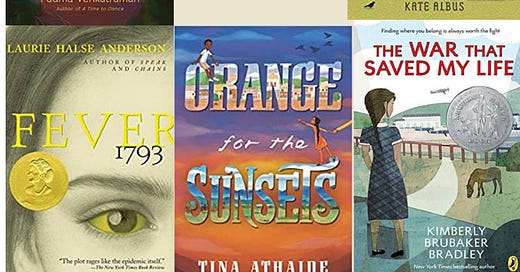



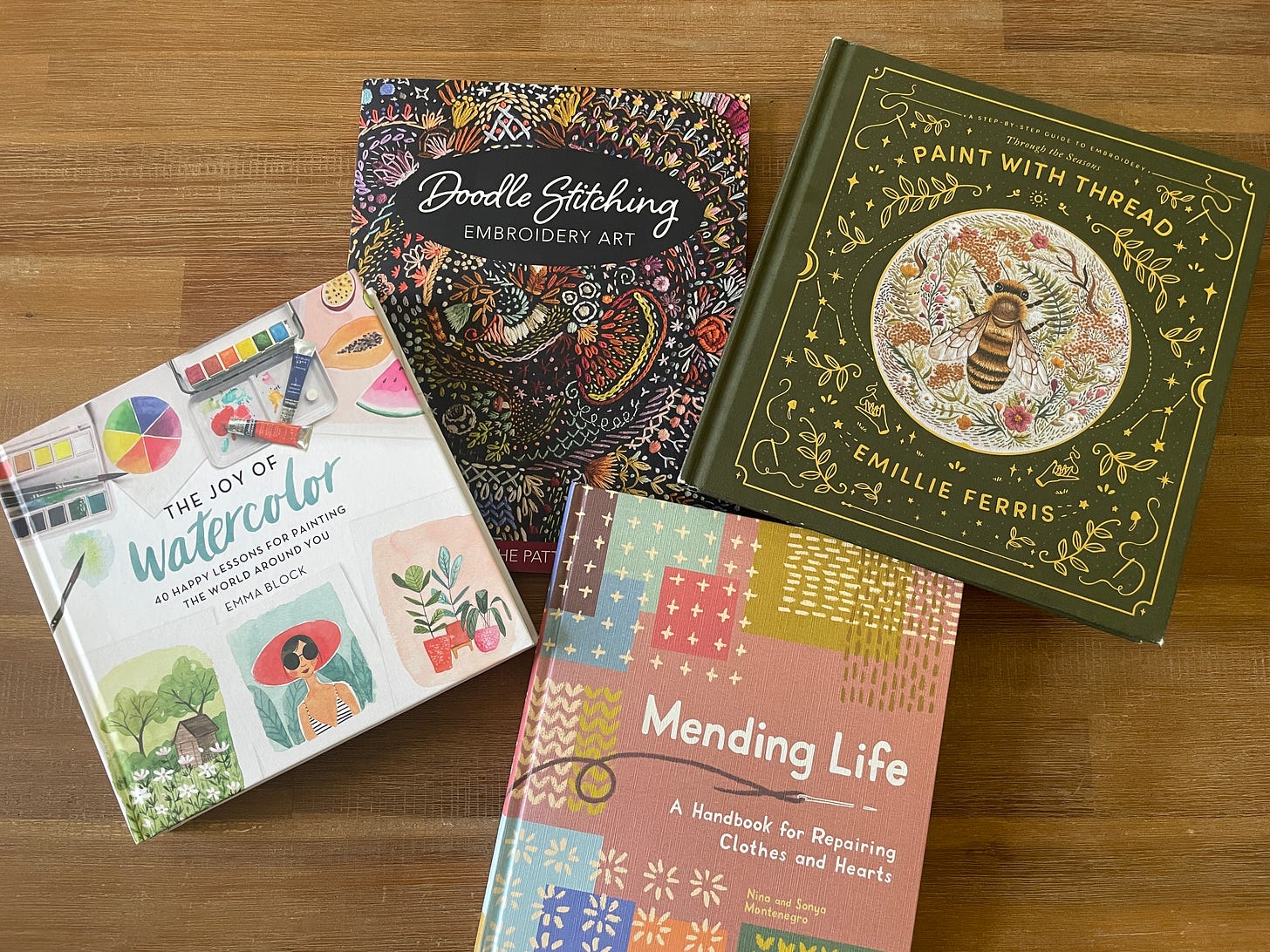

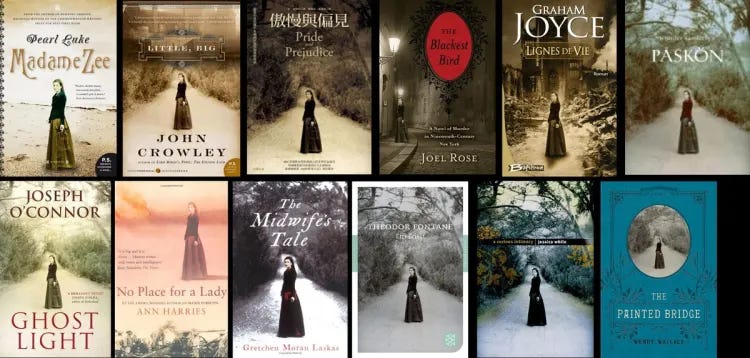
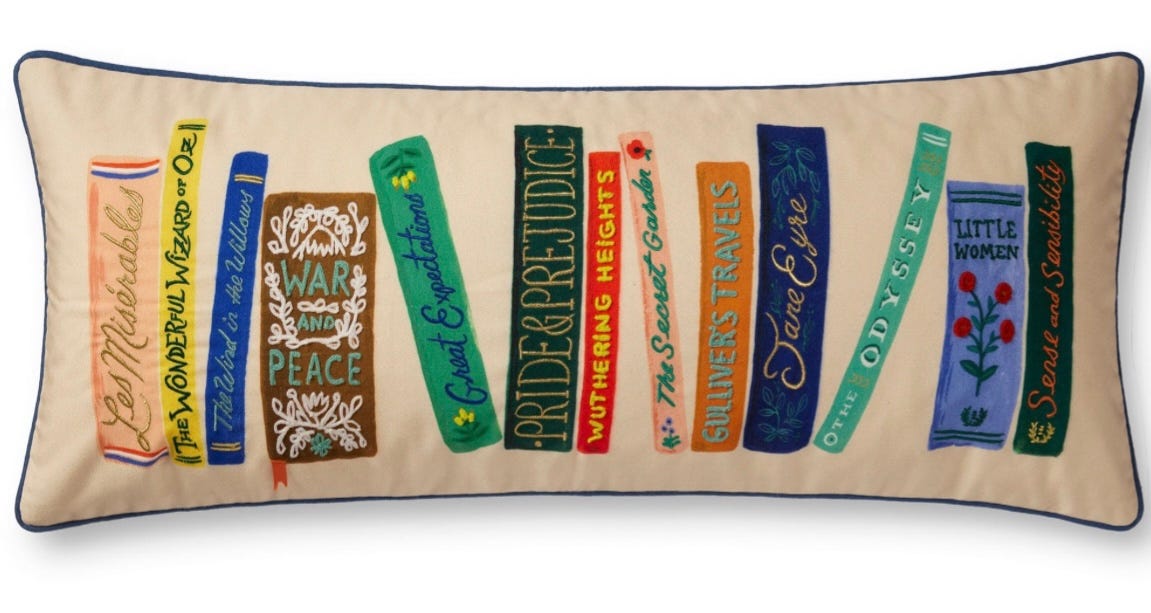
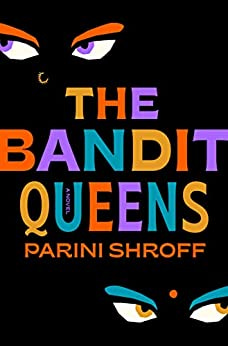
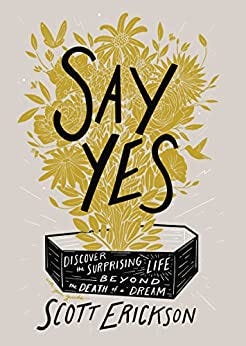

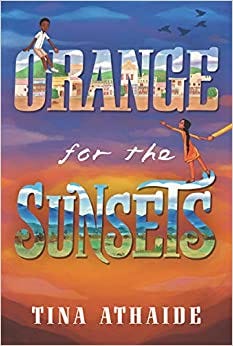
I appreciate the bit on similar book covers. I love finding examples of that. It’s a funny thing, especially the same art examples.